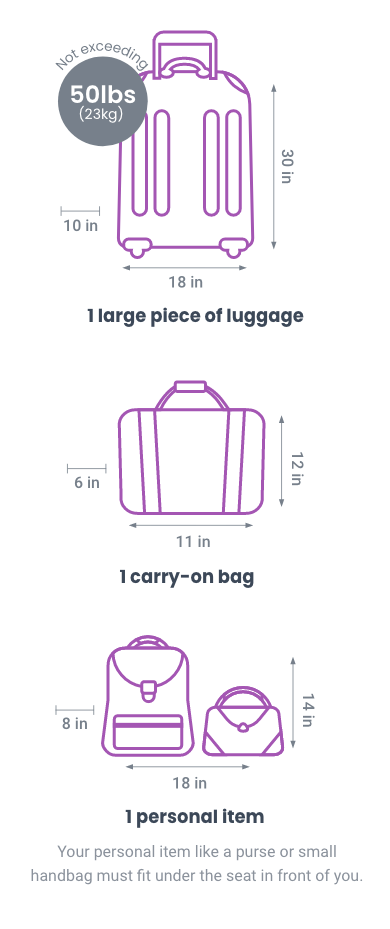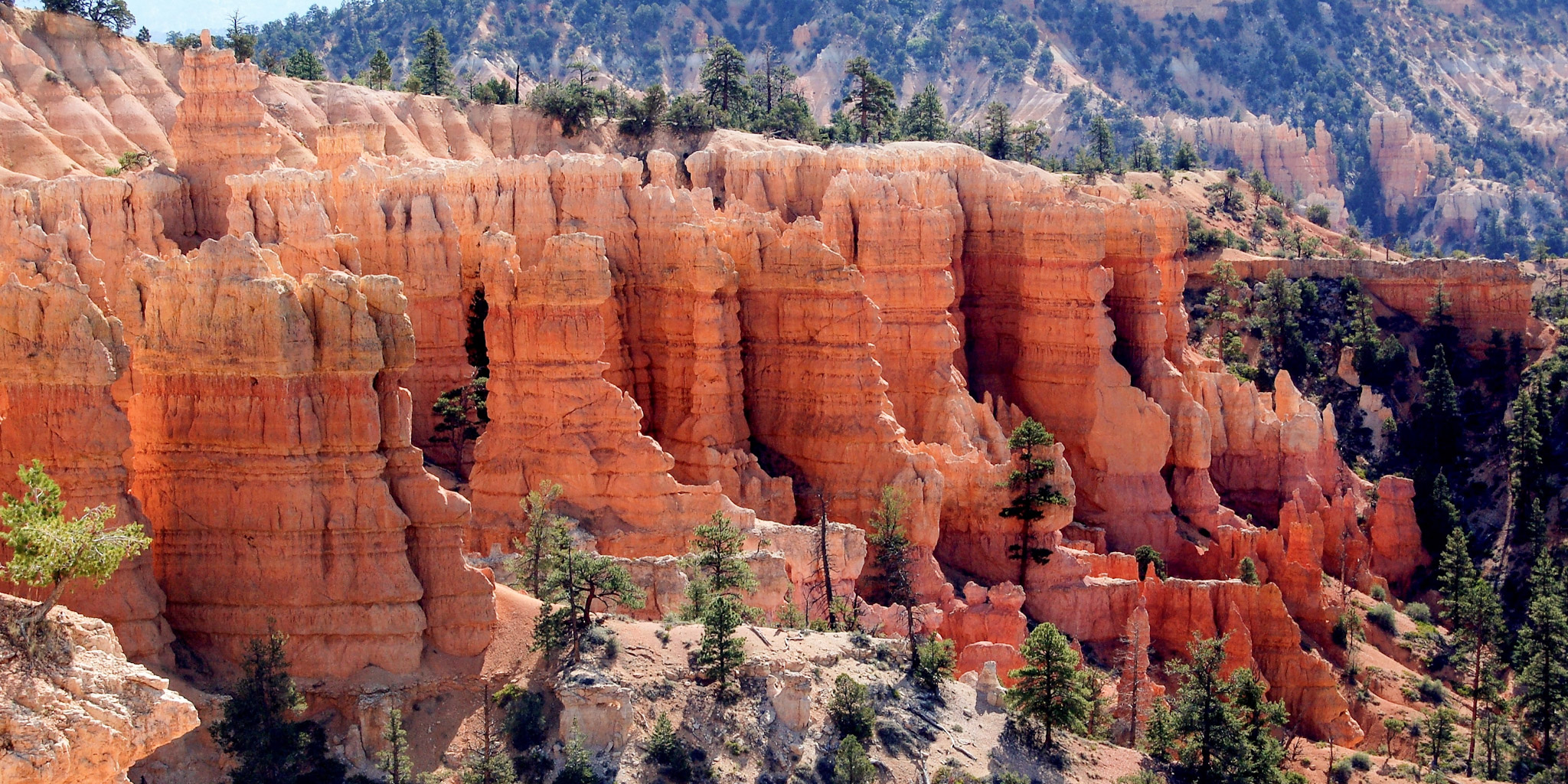About Utah's National Parks
Overview
Utah, renowned for its diverse and striking landscapes, is home to several iconic national parks that showcase the state's geological wonders. Zion National Park boasts towering red sandstone cliffs, narrow slot canyons, and the scenic Virgin River. Journeying to Bryce Canyon National Park, visitors are treated to a surreal spectacle of hoodoos—tall, thin rock spires—painted in hues of orange, red, and white, creating an otherworldly landscape. Capitol Reef National Park offers a unique mix of colorful canyons, massive domes, and the Waterpocket Fold, a nearly 100-mile-long warp in the Earth's crust.
Arches National Park, punctuated by over 2,000 natural stone arches, showcases the result of millions of years of erosion and geological processes. Each park presents a distinctive character, from the towering monoliths of Zion to the ethereal amphitheaters of Bryce, the rugged canyons of Capitol Reef, and the surreal arches of Arches National Park. Utah's national parks collectively offer a journey through time, unveiling the geological forces that have shaped this remarkable region. Embark on an exploration of Utah's natural wonders, where each park tells a unique tale etched in the ancient rock formations of the American Southwest.
Time Zone: Mountain Daylight Time (GMT-6)
Emergency Number: 911
Outlet: Type A
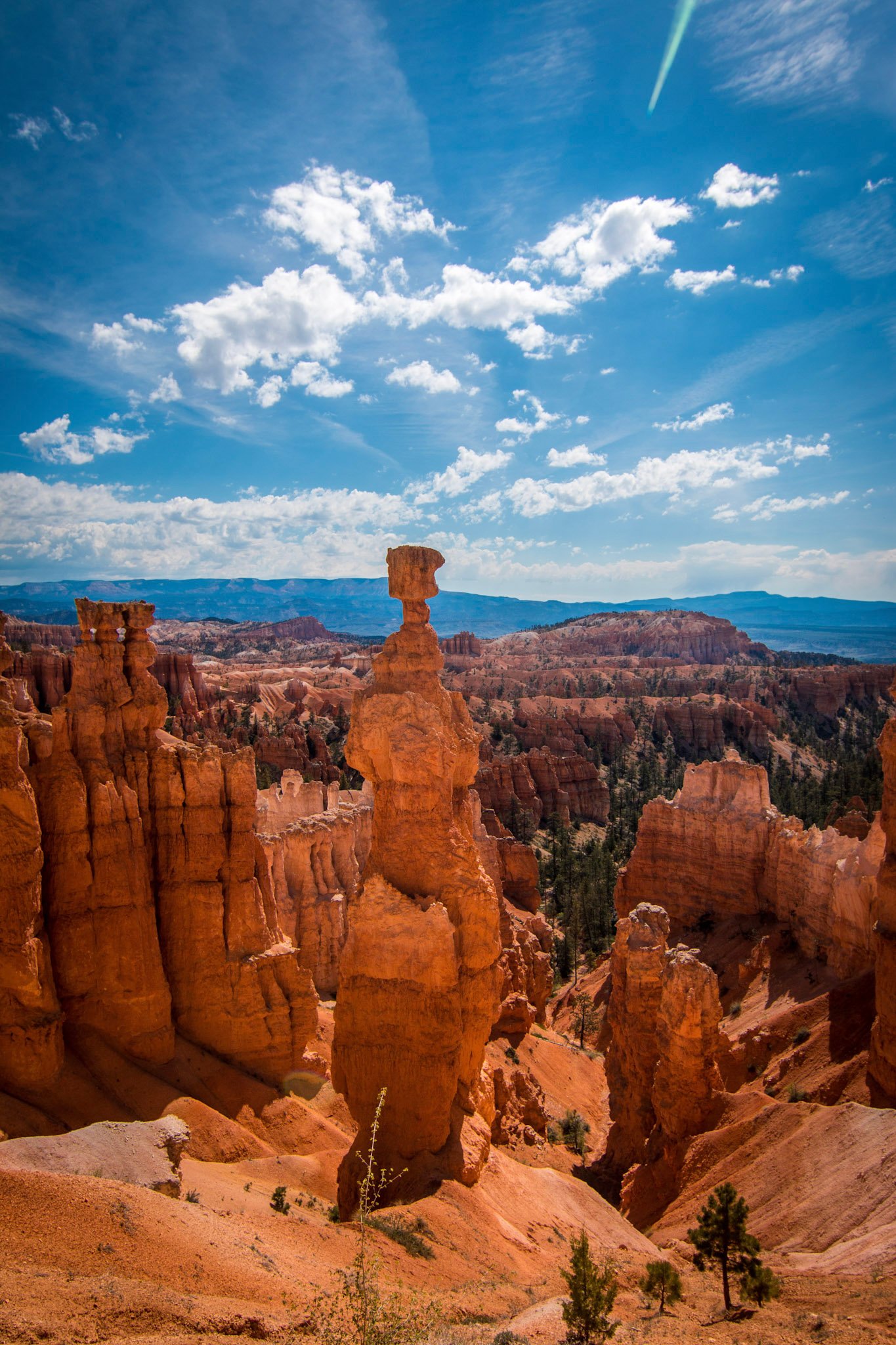
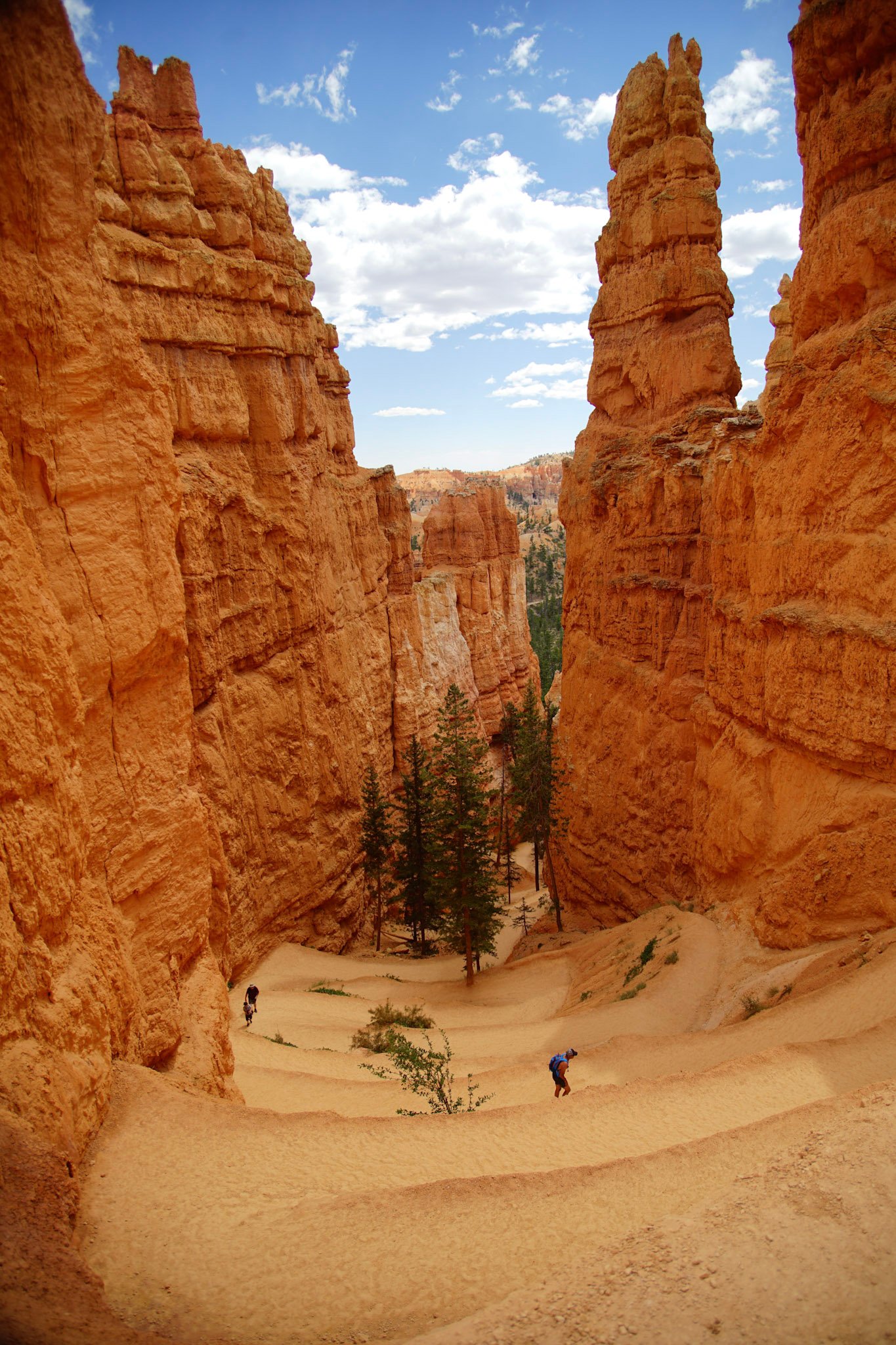
Packing List
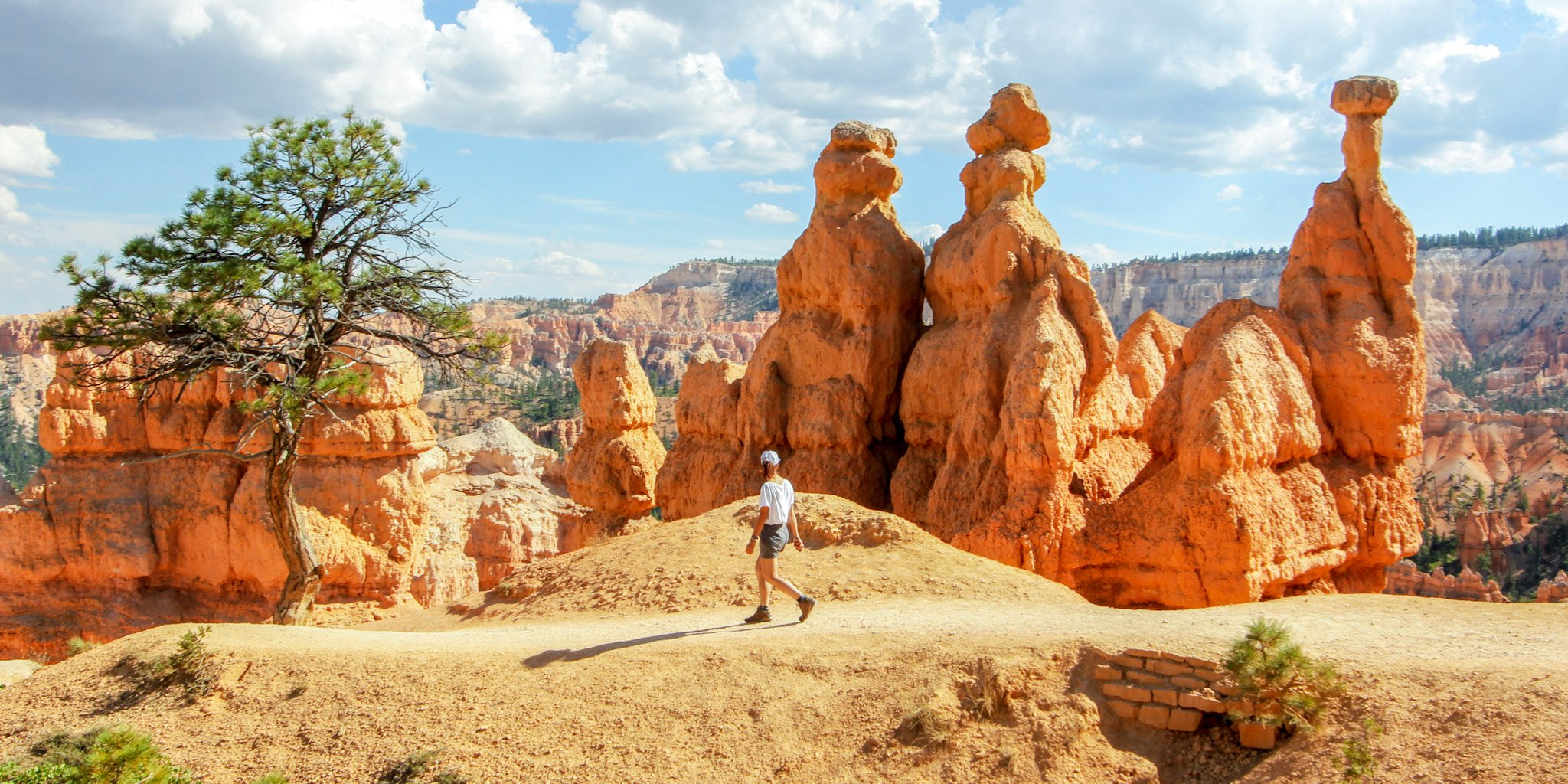
Weather
Bryce Canyon is at a high elevation, so it can get pretty chilly at any time of the year. Always check the weather forecast before your visit. The below chart shows average temperatures per month in Fahrenheit.
| Month | High | Low |
| January | 30°F | 10°F |
| February | 40°F | 12°F |
| March | 43°F | 15°F |
| April | 50°F | 20°F |
| May | 60°F | 28°F |
| June | 72°F | 36°F |
| July | 80°F | 40°F |
| August | 82°F | 52°F |
| September | 71°F | 40°F |
| October | 63°F | 36°F |
| November | 49°F | 20°F |
| December | 34°F | 10°F |
Fun Facts
- The history of Zion National Park is deeply rooted in the presence of Native American communities, particularly the Southern Paiute people, who lived in the area for thousands of years. Evidence of their settlements, rock art, and artifacts can be found throughout the park.
- The park received its current name, Zion National Park, in 1919 when it was granted national park status. The name change aimed to attract more visitors and convey the spiritual and scenic grandeur of the region.
- Mormon pioneers settled in the Bryce Canyon region during the 1850s. The canyon is actually named after Ebenezer Bryce, a Mormon settler who built his home near the Bryce Amphitheater.
- Bryce Canyon National Park has the highest concentration of Hoodoos anywhere in the world. Hoodoos are the tall, stunning spires that make Bryce's unparalleled vistas. They form over millions of years from erosion and weathering. They can be as small as 5 feet and up to 150 feet tall. The pretty shades of colors you see on them? Those depend on the minerals found within the different rock types the hoodoos are made of.
- Arches National Monument was designated in 1929, and it became a national park in 1971. Originally preserving just over 4,500 acres, the park has expanded significantly over the years, now encompassing over 76,000 acres. This growth reflects ongoing efforts to protect the diverse and delicate arches, fins, and natural sculptures that define the landscape.
- The development of the park's distinctive arches and rock formations is an ongoing geological process shaped by erosion, specifically the gradual wearing away of the Entrada and Navajo sandstone layers. This continuous transformation highlights the dynamic nature of the landscape and the constant interplay between natural forces over millions of years.
Tipping
Tipping Suggestions: Tips for Guides, drivers and restaurants are not included. Tips provide supplemental income, and, while not mandatory, are greatly appreciated. If the local teams have added to the experience, please reward them.
| Guides | USD $8-10 per person/per day | |
| Drivers | USD $8-10 per person/per day |
FAQ
Will I get access to water that is safe to drink? You will have access to clean drinking water at all times at the campground.
What amenities does the campground include? Amenities may include restrooms and showers but can vary from park to park. Please plan accordingly.
Do you recommend travel insurance? While not required, we highly recommend all travelers get travel insurance for their trip to protect themselves from the unknown! Check out travel insurance options from our partner, worldnomads.com or from a provider of your choice.
How much should I pack? As we will be using shared transfers and spaces throughout our tour we recommend all travelers pack as lightly as possible. Please review our luggage restrictions below.
Will there be charging ports? Most campgrounds will only have electric outlets available in their bathrooms/shower facilities, or buildings such as a main office or gift shop. Power banks are highly recommended.
What gear do you provide? All your camping equipment (other than a sleeping bag and pillow) will be included. This includes tents, chairs, sleeping pads, stove, canopy, lanterns and all cooking equipment (pots, pans, dishes, etc).
What tents will we be using? Tents will be 4-person camping tents, double occupancy. You’ll use camping pads on the ground beneath your sleeping bags.
Will there be WiFi? Wifi and cell service are usually non-existent or very limited at the campgrounds. Some campgrounds may offer free wifi, although it may be unreliable.
What facilities are available? Please be aware that not all campsites have shower facilities. If that is the case, your Guide will take the group to a place to shower. Please have cash or spare change on hand as you may need to purchase shower tokens.
Luggage Restrictions
.jpg)
